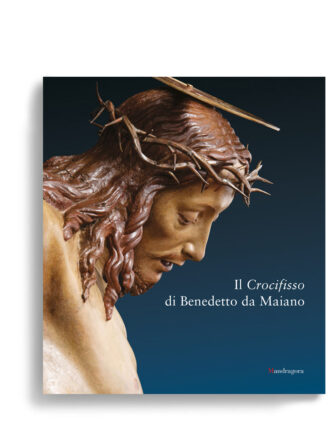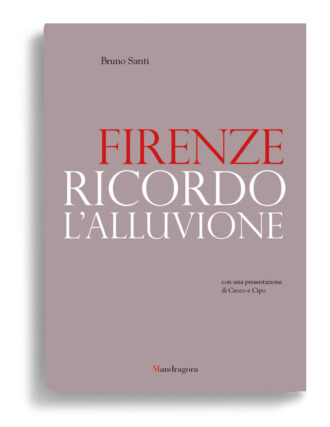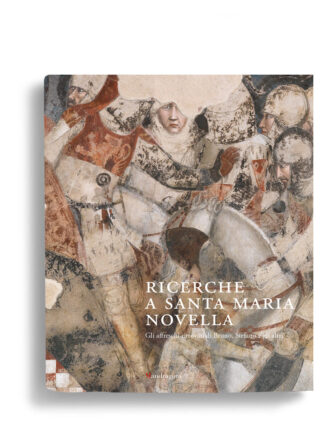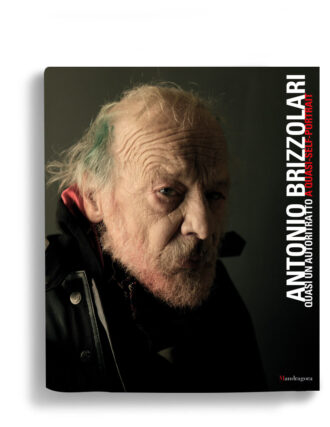| Weight | 2,8 kg |
|---|---|
| Dimensions | 24,5 × 29 cm |
| Pages | 412 |
| Binding | Hardback |
| Illustrations | 42 in colour and 340 b/w |
| Language | Italian |
| ISBN | 978-88-7461-155-3 |
Benedetto Luti
L’ultimo Maestro
Monographsby Rodolfo Maffeis
with a foreword by Edgar Peters Bowron
Benedetto Luti, who lived in a century of encyclopaedic ambitions and international movements, was an important and famous painter of his age. Throughout the 18th century he was featured in compilations of artists’ biographies in Rome and Florence alike, and in French and English artistic literature. He was a luminary of the Florentine school and, as one of the last great masters of the tradition that spread to Rome, he worked constantly in close contact with Carlo Maratti.Born in Florence in 1666, he was a pupil of Anton Domenico Gabbiani and thus enjoyed the final years of the Medici family’s patronage; in 1691, at the age of 25, he was sent to Rome under the protection of Grand Duke Cosimo III, who allowed him to live and work at the Palazzo Medici in Campomarzio, where he resided with his wife and four children until his death. He was an active member of the Accademia di San Luca, becoming Principal in 1720, and of the Congregazione dei Virtuosi of the Pantheon, serving as Regent in 1708 and 1709. A pensive and rigorous painter who was also a perfectionist, he acquired an inimitable style (Lanzi) thanks to his meticulous studies. Luti completed several paintings for the churches of Rome but became famous for his mythological works, sought after by the leading patrons of the era, from Pietro Ottoboni to Pope Clement XI, the Elector Palatine Johann Wilhelm and Lothar Franz von Schönborn. It was through the intercession of the latter that in 1715 the artist received the cross of Knight of the Holy Roman Empire. His style was the quintessence of the ideal of Arcadia, which in the early 18th century enacted reforms against the excesses of the late Baroque for a return to pure, simple forms with a classical inspiration, following the main lines of Italian art from Raphael to Canova. In particular, because of Luti’s role in Roman painting at the turn of the century, he represented the bridge between the Baroque classicism of Carlo Maratti and Pompeo Batoni’s crystalline Rococo or in other words, between the 17th and 18th centuries. The monographic work by Rodolfo Maffeis, the first one devoted to the painter, is composed of a detailed historical and biographical essay divided into two parts (one on the artist’s Tuscan activities and the other on his life and works in the capital), a section with 42 colour plates, and a catalogue raisonné of all of Luti’s paintings, pastels and drawings (165 entries as well as 320 black-and-white illustrations). The complete catalogue of works is followed by a summary of archival documents regarding the painter and an appendix with additional documental contents.
Digital version available on ![]()
Related products
-
Out of stock
-
Out of stock













